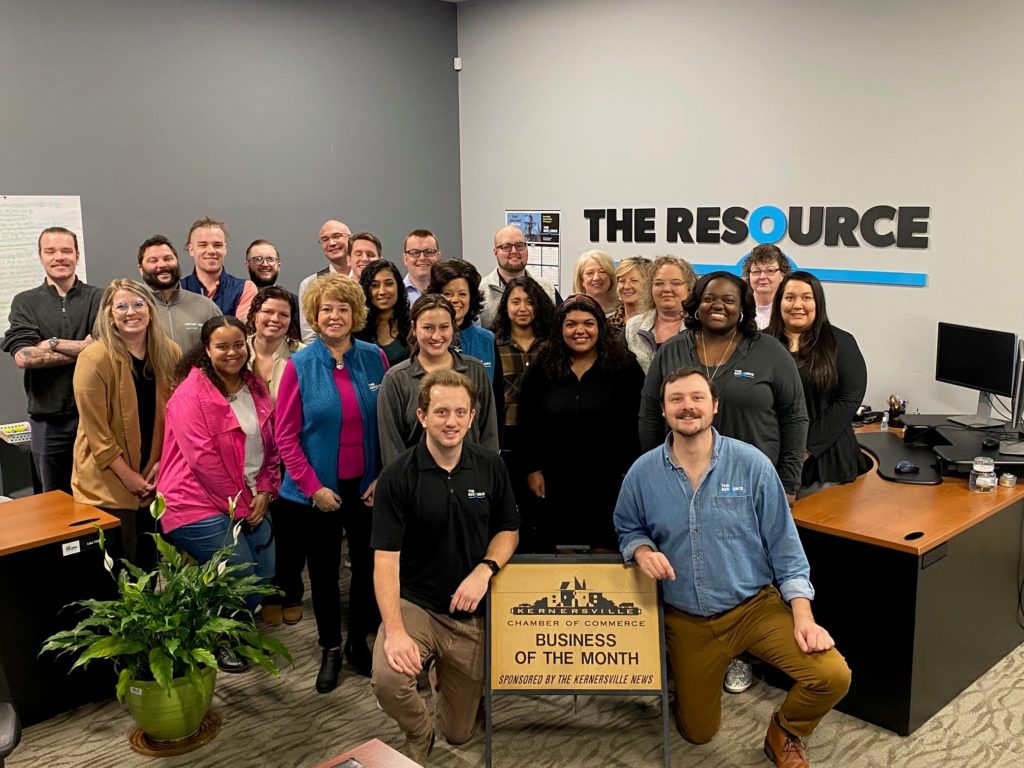Stellar leadership is in high demand in businesses across all industries. The workplace climate has drastically changed in recent years, requiring leaders not only to focus their time and attention on the success of their core business but also to provide strategic leadership and support to their employees. They must possess the right attributes and competencies to lead in an environment that requires constant reevaluation and change. They must also meet the needs of employees who have new expectations for personal needs, development, inclusion, and more. Companies should seek (and develop) the leadership attributes needed to adapt to these new mindsets and drive organizational success. Culture consistently ranks among the most important areas for senior leadership to address. Leaders must drive a well-planned culture in order to cultivate high-performance teams. It’s critical that they actively create a positive culture by design (rather than merely allow a culture to form haphazardly at the water cooler). As influential shapers of culture, leaders must include living the organization’s mission, vision, and values as central components of their own business ethos. A strong connection exists between leadership and retention rates. When leadership is strong, those rates rise—and the converse is true, with a significant amount of employee disengagement directly attributable to poor management. Disengaged employees are often on the lookout for new jobs, and when they leave an organization, the turnover costs that incurs can equal a big chunk of the departing employee’s salary. Leaders must have the ability and foresight to assess engagement on an ongoing basis and to make course corrections when needed. Leadership starts with caring and empathy—seeing employees as people first and as employees second. Showing genuine care for and commitment to employees’ well-being builds trust and establishes mutual relationships. The need for servant leadership has not diminished, and leaders must be sure to lead with their hearts as well as their heads. Humility can be a superpower in leadership. Authentic leaders admit mistakes, give credit where it’s due, and remain coachable. They foster inclusion and ensure that all voices are heard. They recognize that even though they are at the top of the hierarchy, those on the ground often have relevant knowledge and innovative ideas unknown at the management level. Curiosity, emotional intelligence, and effective collaboration can’t be omitted from the list of key leader attributes. Asking why, how, and what-if questions urges employees to think deeper and speculate about possibilities. Holding people accountable (but without harsh condemnation) ensures that employees are supported if they try and fail. Lastly, collaboration must be fostered to ensure that each individual, regardless of their work style or personality, is comfortable bringing their contributions to the table. According to the 70-20-10 model for learning and development, leaders gain 70 percent of their knowledge via challenging experiences and assignments, 20 percent through relationships with others (including collaboration, networking, coaching, and mentoring), and 10 percent from formal presentations (such as coursework and modules) and training. All of these types of learning can be incorporated into development opportunities designed specifically for leader growth: Stretch assignments push leaders into new territories and allow them to test—and transcend—the current limits of their skills and knowledge. They can help leaders figure out both what works and what needs further improvement. By placing leaders in different departments or job functions, a job rotation can expand their practical and contextual knowledge of the organization. It can help them to further hone their strengths while also providing them with valuable new perspectives that can benefit them now and in the future. Situational-based questions can be designed to push potential leaders outside their comfort zone and to promote more extensive strategic thinking. It may also allow them an opportunity to insert or leverage their own personal style. Appointing some of the organization’s most efficacious team members to serve as leadership mentors can help a leader to see the company and its employees from a different angle. Leaders are human, too, and often require the same support they are providing to their teams. Strategic planning remains an essential best practice in the business world. With today’s economic and political uncertainty, however, as well as enduring impacts of the pandemic, it can be useful for companies to develop alternative contingency plans via scenario planning. Annual plans tend to be rather fixed, but scenario planning (with its “if this happens, then do X” approach) enables employers to be prepared for many possibilities. It can also be a valuable component of the ongoing process of checking operating plans for current relevance. Leaders should consider long-term business shifts to determine which of today’s new practices that were adopted on a temporary basis will transition to permanent status. The rise of remote work and the discovery that an office facility is no longer a necessity to run an organization are two such changes that are here to stay, and leaders will need to be able to adapt to them. Leaders must also adapt to operating in an environment in which decision making is significantly influenced by the use of artificial intelligence and technology. Data-driven decisions are based on factual statistics as long as the “data in” is credible. Task automation can make decision making easier and also frees leaders to focus on other aspects of human capital and the overall business. The most effective leaders optimize their use of technology so they can focus more of their time on areas that require a human touch. Navigating toward future success may require leaders to make bold moves. They’ll need to combat old habits, banish outdated and ill-informed ways of thinking, and drive disengaging and toxic behavior from their organizations. It might be necessary to displace a top leader who is unwilling to represent the best interests of the organization unselfishly and with excellence and empathy. But change doesn’t stop there. Leaders must also overcommunicate, develop strong and lasting relationships built on trust and transparency, provide recognition, and always strive to catch individuals and teams “doing something right.” The best leaders of tomorrow will be those who help their employees thrive today. Developing a Culture by Design
Leaders Affect the Bottom Line
The Key Attributes for Success
Tactics for Developing Leader Attributes
What Leaders Need to Unlearn and Change
Future Forward










